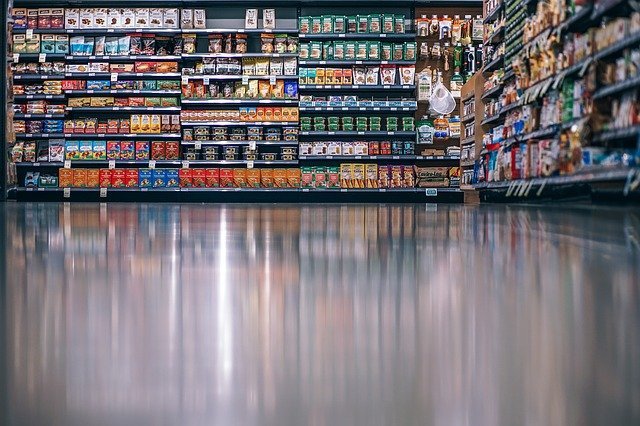Inside BENEO’s new pulse plant: pioneering sustainable protein from faba beans
In this regard, the proposal has been subject to discussion by the food regulator in order to bring down salt consumption up to the permissible limit of 5g per day
As per FSSAI, excessive salt intake can result in high blood pressure and hypertension, which is the primary cause of various lifestyle-based diseases in the country.
In an important move that is aimed at regulating ’high’ usage of sugar, salt and fat in eatable items, the Food Safety and Standards Authority of India (FSSAI), which is in the process of issuing new labelling norms, is mulling to print food contents information (including the amount of sugar, salt and fat) at the front of the pack instead of at the back. That way, the consumers will know what amount of salt and other high fats they are consuming.
In this regard, the proposal has been subject to discussion by the food regulator in order to bring down salt consumption up to the permissible limit of 5g per day. The salt consumption limit in India has come down to 7g per day from the earlier usage level of 10g per day.
Pertaining to the front of the package, FSSAI has proposed colour coding to check whether the sugar, salt and saturated fat content is beyond a certain threshold level in a product, said FSSAI CEO, Arun Singhal.
Ashwin Bhadri, CEO of Equinox Labs, said, “Sodium isn’t a nutrient that usually you need to look for; it finds you. The thing is, almost any unprocessed food like vegetables, fruits, nuts, whole grains, meats, and dairy foods is low in sodium. Most of the salt we consume comes from commercially prepared foods. So, it is imperative that salt consumption from these sources is under control.”
Bhadri continues, “People in the food industry have expressed concerns about the threshold levels of sugar, salt, and fat contents. Manufacturers are looking for alternatives by exploring various spices and other flavours, so that one does not get a feel of low salt in certain food items. It’s great that FSSAI is mulling over salt consumption limits by analysing the consumption pattern of the people.”

